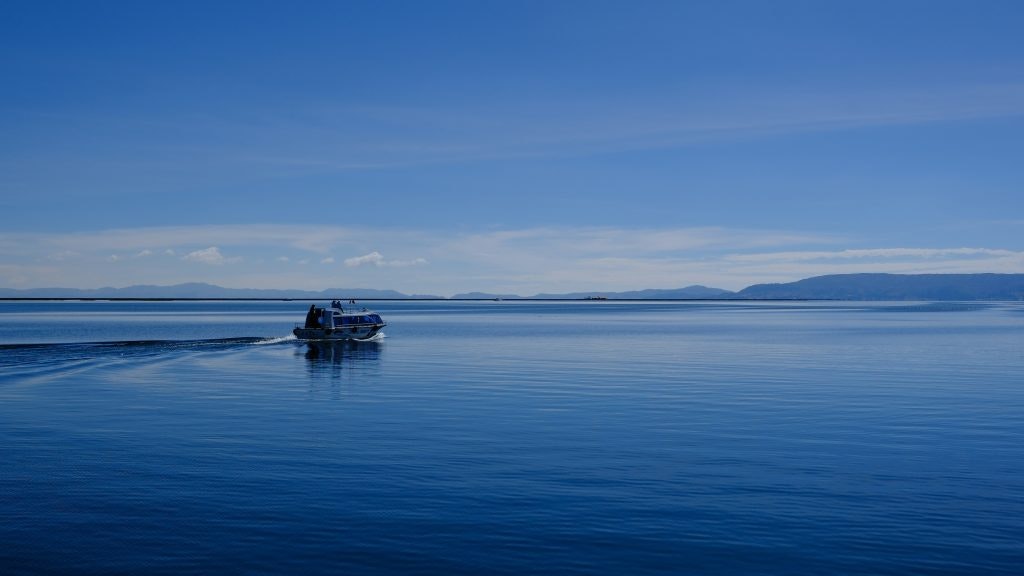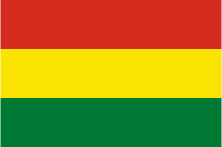1. Bolivia has two national capitals
Bolivia has two national capitals: La Paz is the administrative capital city, while Sucre is the constitutional capital. Sucre is where the country declared independence from Spain during the Spanish rule (August 6, 1825). The Spanish rule in Bolivia lasted from 1538 to 1825, a total of 287 years.
During the Spanish colonization in the early 1500s, Bolivia was historically referred to as ‘Upper Peru’ by the conquistadors who sought gold and resources.
Bolivia is one of four countries in the world with an unusual number of capitals.
The other three countries are:
1. South Africa – South Africa has three capitals:
- Pretoria (administrative capital)
- Cape Town (legislative capital)
- Bloemfontein (judicial capital)
2. Netherlands – The Netherlands has two capitals:
- Amsterdam (constitutional capital)
- The Hague (seat of government, judiciary, and foreign affairs)
3. Switzerland – Switzerland does not have an official capital, but the de facto capital is:
- Bern (federal city, where the government operates)
Extra fact: Bolivia may have two capital cities, but neither of them are the largest city in the country. That title belongs to Santa Cruz.
>>Travel Programs to South Africa, The Country with Three Capitals
2. Bolivia has the world’s largest salt flat
Salar de Uyuni is the world’s largest salt flat and it’s located in the Andes region of Bolivia. The salt flat covers 10,582 square kilometers (4,086 square miles).
It is famous for creating an effect where the sky and the ground appear as one, forming the world’s largest natural mirror.
Salar de Uyuni was part of an ancient lake(Lake Poopó) before becoming the massive salt flats we see today. The salt flats still hold the remnants of that ancient body of water.

3. Bolivia has the 5th highest airport in the world
El Alto International Airport in La Paz, Bolivia is the 5th highest airport in the world with an altitude of 13,325 feet (4,061 meters).
4. Bolivia was once part of the Inca Empire
Bolivia was part of the Inca Empire before the nation was colonized by Spain. The Incas was one of the largest empires in pre-Columbian America and controlled territory across the Andes. The empire stretched through modern-day Peru, Ecuador, Chile, Argentina, and Bolivia.
Related: Everything You Need to Know About Traveling to Peru
5. Bolivia has 37 official languages
Bolivia has 37 official languages, including Spanish, Quechua, Aymara, and Guarani. The most spoken language is Spanish, but Indigenous languages are also common.
6. Lake Titicaca is the highest navigable lake in the world
Lake Titicaca is the largest freshwater lake by volume in South America and the highest navigable lake in the world. The lake is shared by Bolivia and Peru and has an altitude of 12,500 feet (3,810 meters) above sea level.
Bonus Fun Fact about Bolivia: The Incans believed the lake to be the birthplace of their civilization, where the creator god Viracocha emerged from the waters to create the sun, moon, stars, and first humans.

7. Bolivia abolished slavery in 1831
In 1831, Bolivia became one of the first countries in Latin America to abolish slavery, six years after gaining independence from the Spanish crown. Other Latin American nations that abolished slavery in the same period were Haiti in 1804 and Chile in 1823.
8. Bolivia has a navy despite not having access to the sea
Bolivia’s navy conducts its drill on Lake Titicaca. Along with Paraguay, Bolivia is one of two landlocked countries in South America. Bolivia lost access to South America’s Pacific coast to Chile in the War of the Pacific (1879 to 1884).
The war was caused by disputes over mineral rights in the Atacama Desert and resulted in Bolivia losing 400 kilometers of coastline and 120,000 square kilometers of territory to Chile.
The loss of access to the sea is annually recognized on March 23, Bolivia’s Dia del Mar (Day of the Sea).







